Does this scenario sound all too familiar? You’re in the midst of a math word problem session, and as you glance around the room, you notice a spectrum of reactions. Some students zip through the problems faster than Lightning McQueen at the Piston Cup. Meanwhile, others diligently jot down their strategies. Then there’s that one student who declares, “I think my brain’s on vacation!” You can’t help but chuckle at the remark, but deep down, you’re faced with a common dilemma: how do you cater to the diverse needs and abilities of your first graders? Fear not! In this blog post, we’ll explore 7 ideas for differentiating word problems, arming you with the tools to transform those “brain vacation” moments into “Eureka!” moments for every student in your classroom.
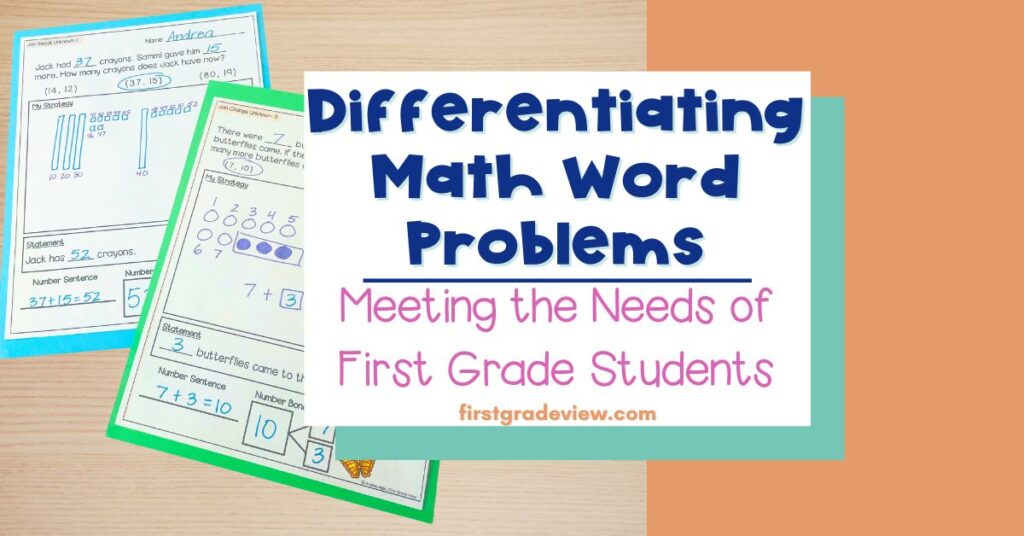
7 Ideas for Differentiating Word Problems
1. Differentiating Word Problems through Varied Complexity
Word problems are like a box of chocolates – you never know what you’re gonna get! But seriously, understanding the various word problem types can be your secret weapon in meeting the diverse needs of your students. Provide students with word problems at different levels of complexity. By varying the problem types, your students will have opportunities to stretch their problem-solving muscles at their own pace. Not sure what the different word problem types are? No problem, check out this blog post to learn all about them.
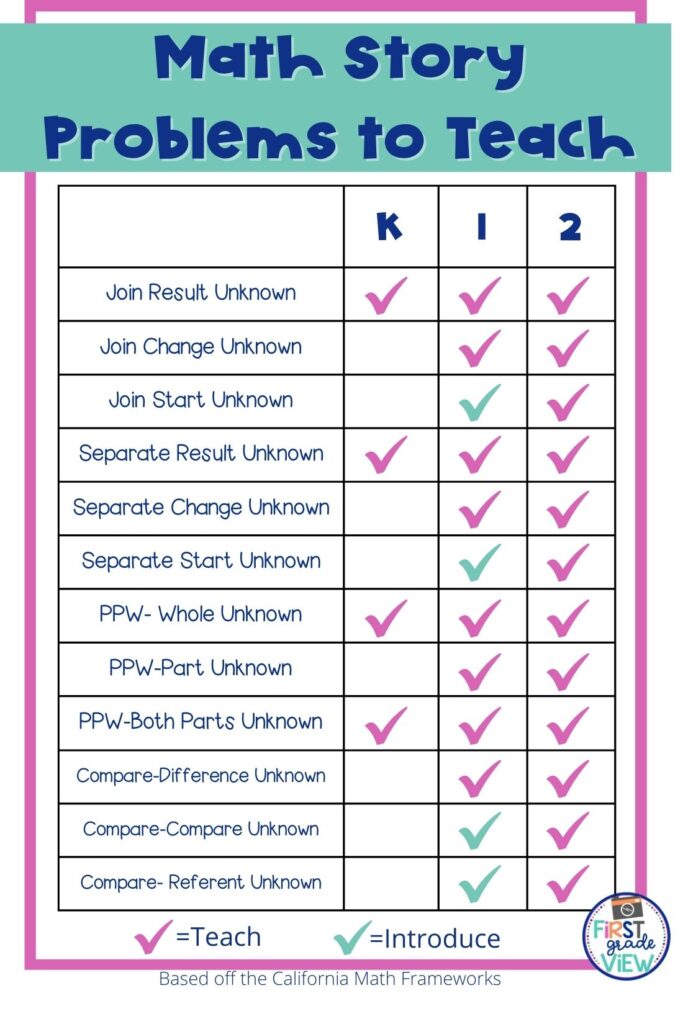
2. Allow Students to Use Manipulatives and Graphic Organizers
Get ready to add a sprinkle of magic to your math word problems with the power of manipulatives and graphic organizers! Whether it’s colorful counters, base ten blocks, unifix cubes, or ten frames, these hands-on tools bring math to life and help students transform abstract problems into tangible experiences. Manipulatives and graphic organizers provide a solid foundation for understanding. They help make math more accessible and engaging for all learners, especially students who struggle with abstract concepts.
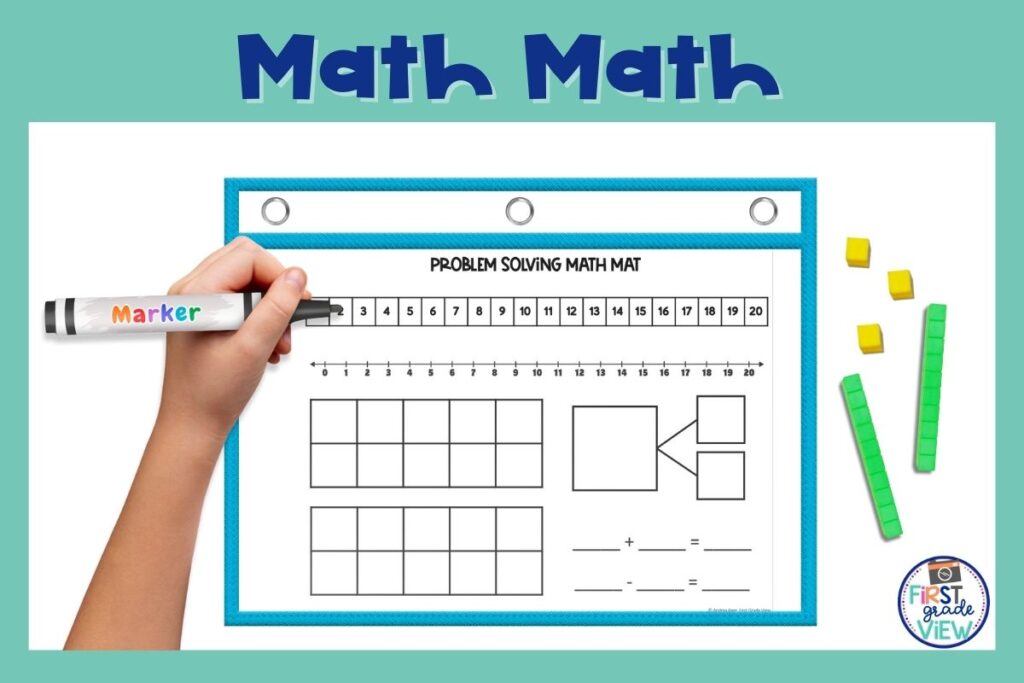
3. Provide Visual Aids
Visual aids such as pictures and charts act like road signs, guiding students through the twists and turns of math problems. For example, by using anchor charts tailored to different problem types, students can easily match the operation to the problem situation. Many times, students will have a strategy in mind, but aren’t sure how to convey their thinking on paper. By having an anchor chart showcasing different ways to record strategies, students can finally set their math thinking free. No more wrestling with words or battling the blank page – just clear, confident communication of those bright ideas! So let’s break down those barriers and unleash the power of putting pen to paper in math class!
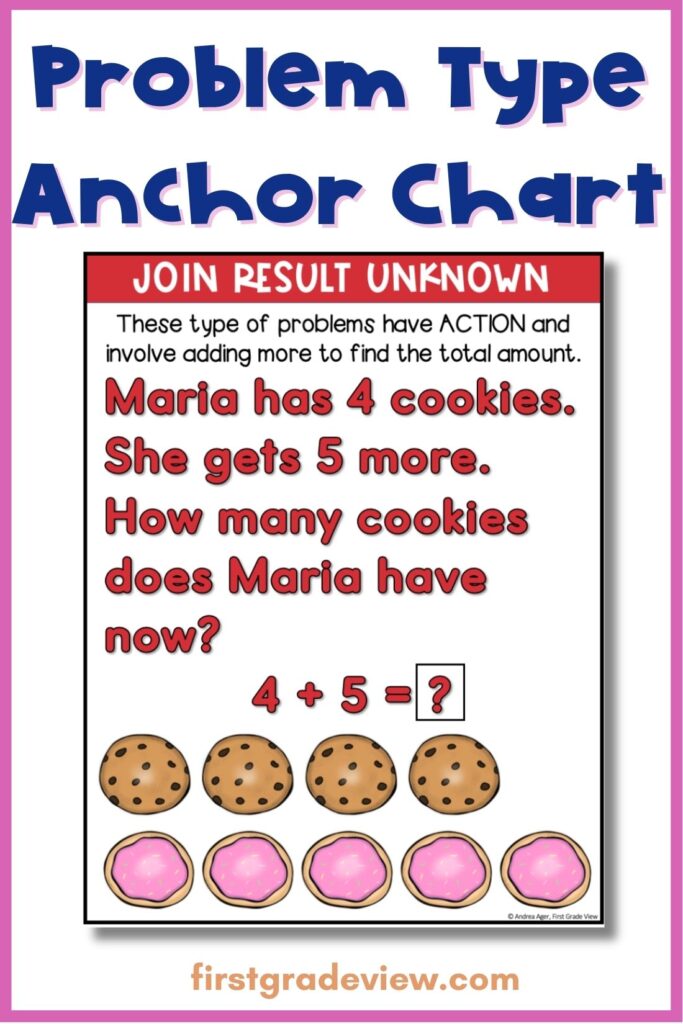
4. Provide Language Support
For English language learners or students facing language challenges, simplifying problem language or offering translations in their native language can be a game-changer. Remember, problems with clear, direct actions are easier to understand than problems with implied or no action. With language support, every student can confidently tackle math concepts without getting lost in translation. So let’s bridge the gap and ensure math is a language accessible to all!
5. Differentiating Word Problems With Tiered Number Sets
One way the best ways for differentiating word problems is by offering students multiple number sets to supercharge your word problems! By providing multiple sets tailored to different skill levels – from approaching grade level to soaring above it – you’re ensuring every student gets just the right challenge. Plus, with varied number sets, students are encouraged to flex their problem-solving muscles, discovering new strategies and becoming more efficient mathematicians along the way. So let’s level up those word problems with multiple number sets.
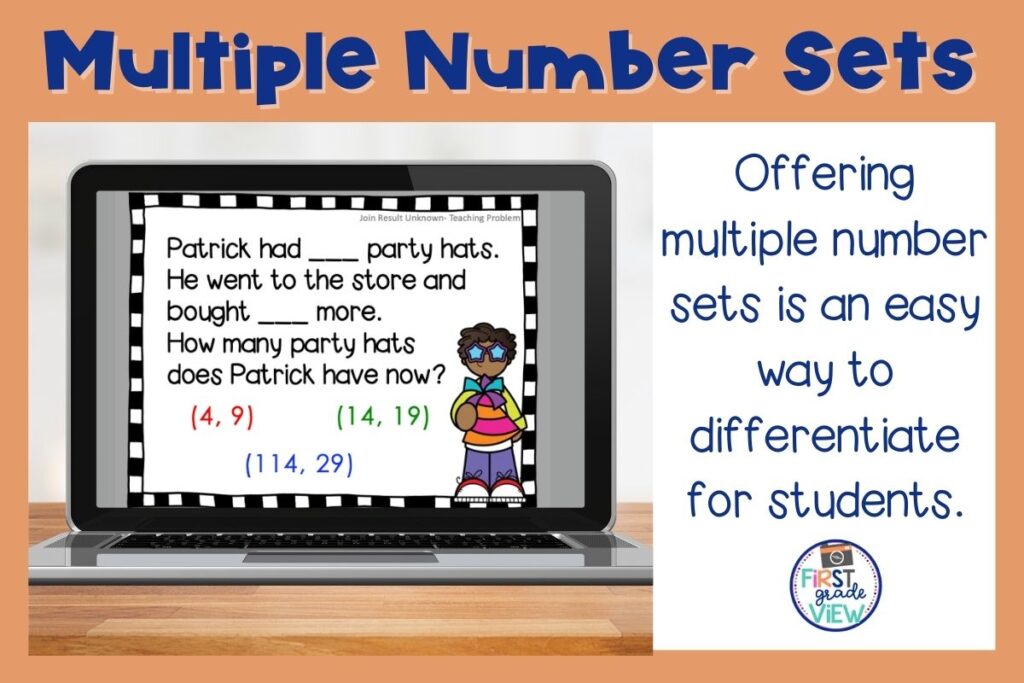
6. Provide Scaffolded Support
Let’s simplify the problem-solving process by breaking it down into manageable steps. A structured process for unpacking word problems ensures students grasp the question before jumping into solutions. And we’re not stopping there! With scaffolded support like guiding questions, anchor charts, and modeling ways for students to record their strategies, students can navigate the problem-solving journey with confidence. By tackling word problems together as a class, you’ll foster a collaborative environment where every student can thrive.
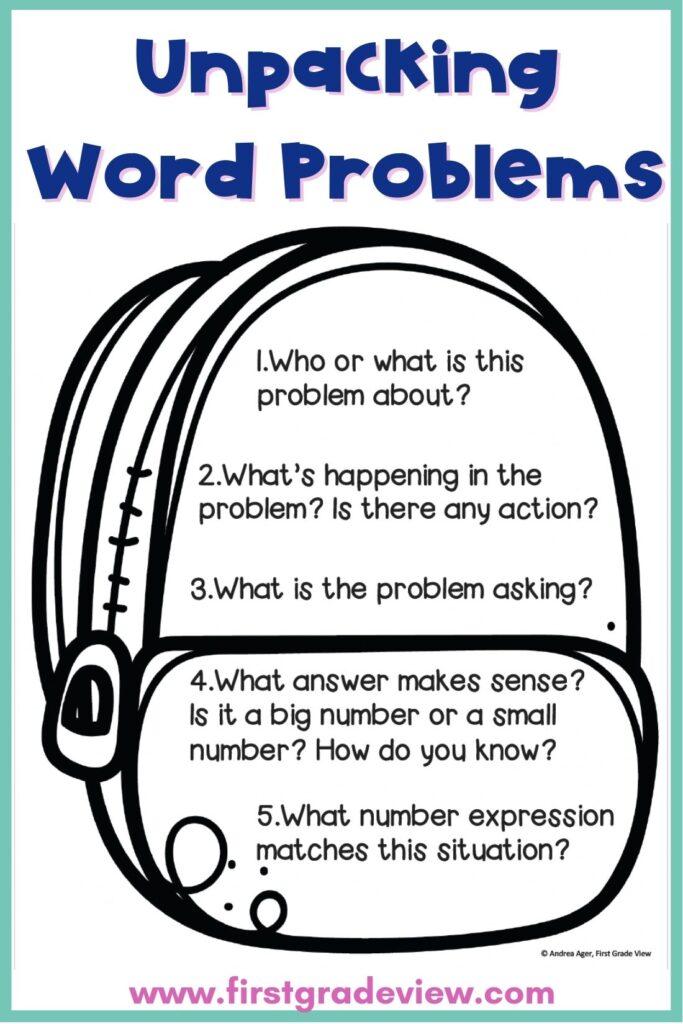
7. Differentiating Word Problems Through Choice and Independence
The most important way to differentiate word problems for students is to empower them with the freedom to choose their own problem-solving path! Most math curriculums teach specific strategies that some students may not be developmentally ready for. Rather than imposing rigid strategies that might not resonate with every learner, let’s celebrate diversity in approaches. Let your students choose a strategy that makes sense to them. By honoring individual preferences, you’re not just fostering engagement; you’re nurturing a sense of ownership over learning. So let’s ditch the one-size-fits-all mentality and embrace the beauty of personalized problem-solving journeys!
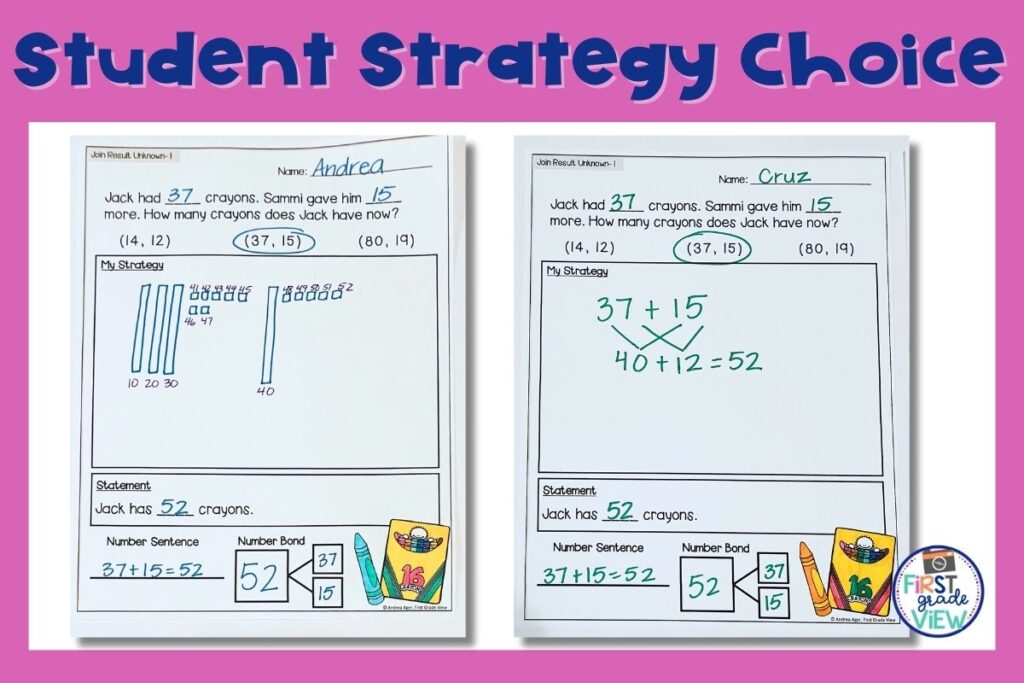
As we wrap up our exploration of differentiating word problems for first graders, remember that flexibility is key. By implementing these diverse strategies, we can create inclusive learning environments where every student can thrive. Whether it’s through hands-on activities, visual aids, language support, or choice in problem-solving strategies, our goal remains the same: to meet the unique needs of each learner and ignite their passion for mathematical exploration. So let’s continue to innovate, adapt, and celebrate the rich tapestry of mathematical diversity in our classrooms. Together, we can empower our first graders to tackle any problem with confidence and enthusiasm!
I’d love to hear from you in the comments! Are there any other strategies you would add to this list?
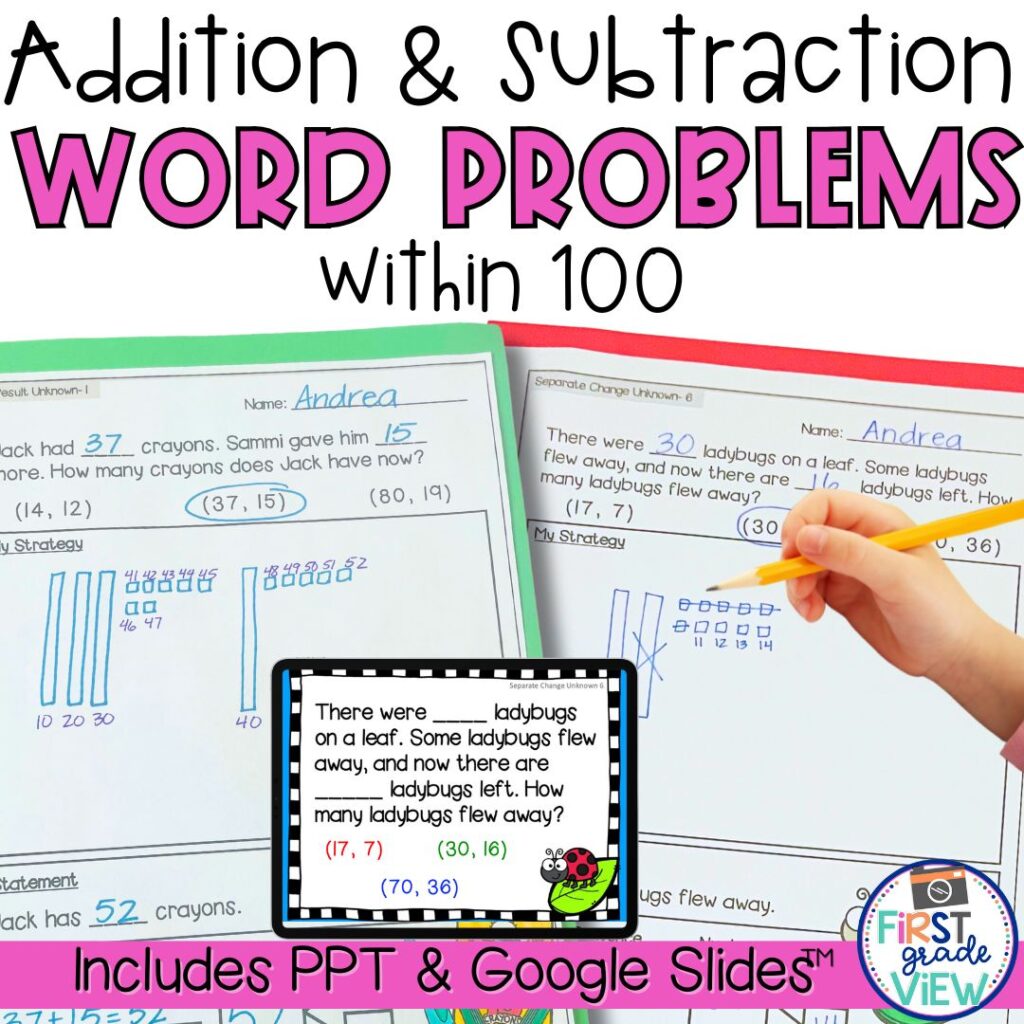
You May Also Like:
10 Simple Techniques to Make Engaging Math Word Problems for First Graders
Why Teaching Math Keywords for Math Story Problems Isn’t the Best Option




